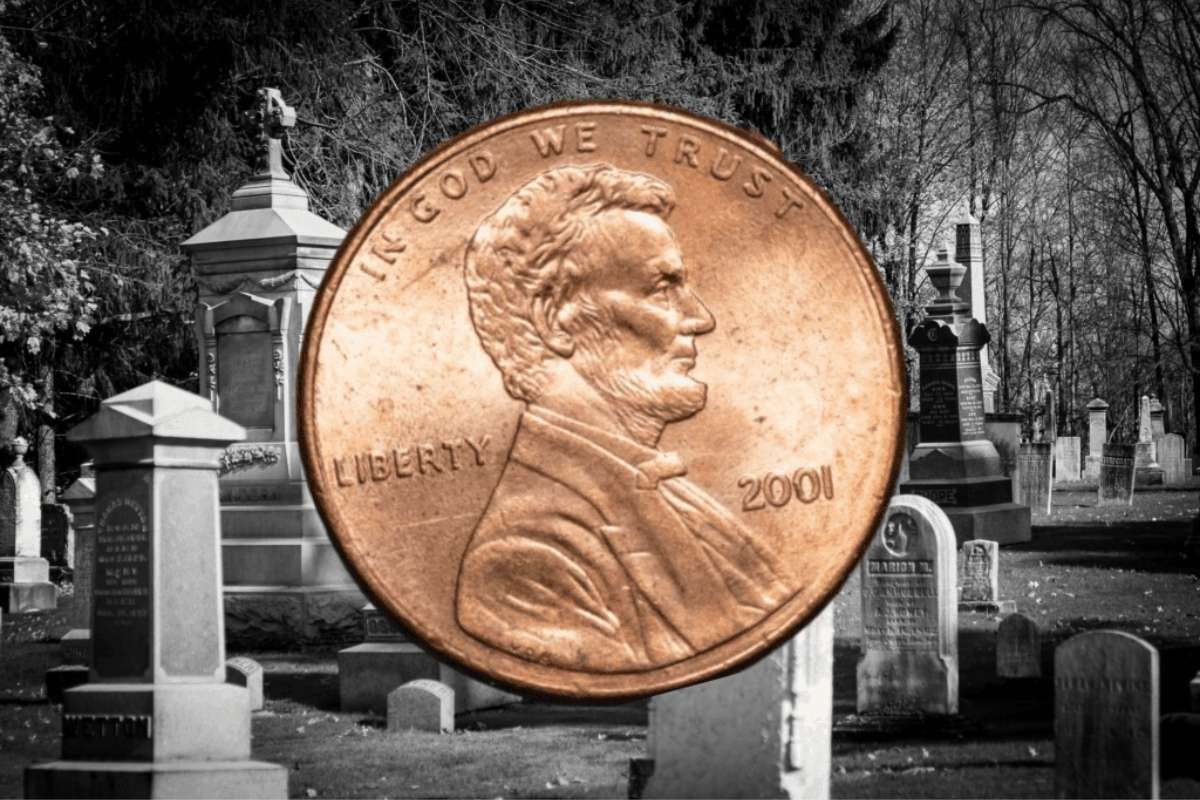A Failed Acquisition Leads to a Major Sale
Dollar Tree is putting an end to its troubled ownership of Family Dollar, announcing that it will sell the discount chain for $1 billion. The sale, which is pending regulatory approval, marks a significant loss compared to the $9 billion Dollar Tree paid to acquire Family Dollar in 2015. The buyers, private equity firms Brigade Capital Management and Macellum Capital Management, are expected to take control of the struggling brand in the next quarter.
The decision comes after Dollar Tree’s leadership conducted a thorough review and determined that selling Family Dollar was the best course of action. The discount chain operates approximately 8,000 stores across the United States, primarily catering to low-income consumers in urban areas. However, it has faced numerous challenges, including declining sales, high operating costs, and intense competition from rivals such as Walmart and Dollar General. Additionally, inflationary pressures have made it more difficult for Family Dollar to sustain profitability.
In recent years, Family Dollar has undergone major restructuring efforts, including the closure of over 900 stores. Despite renovations to thousands of locations, many stores still suffer from poor conditions, inefficient operations, and pricing issues that have deterred customers.
A Merger That Missed the Mark
When Dollar Tree acquired Family Dollar, the company hoped the merger would strengthen its market position, allowing it to compete with larger discount retailers while expanding its customer base. However, the integration of the two brands proved to be far more challenging than expected. Family Dollar stores were in worse condition than anticipated, and early initiatives to boost sales—such as selling beer—failed to yield significant results.
The proximity of many Family Dollar locations also led to sales cannibalization, where stores ended up competing against each other rather than driving collective growth. Just a year after the merger, activist investors called for Family Dollar’s sale, citing its underperformance. Efforts to improve the chain’s condition, including extensive renovations, were insufficient in addressing deep-rooted operational inefficiencies.
Further complicating matters, Family Dollar faced regulatory issues, including a record $41.6 million fine from the Justice Department for selling products stored in a rodent-infested warehouse in West Memphis. The incident damaged the brand’s reputation and highlighted the ongoing challenges in maintaining store standards.
The Struggles of the Dollar Store Industry
Family Dollar’s financial troubles reflect broader difficulties faced by the discount retail sector. Rising inflation, increased competition, and changing consumer spending habits have put pressure on dollar stores. Many low-income shoppers, who form the core customer base of these stores, are struggling to afford basic necessities. Dollar General CEO Todd Vasos recently acknowledged that many customers are forced to cut back on even essential purchases due to economic hardships.
The industry is also facing external challenges, such as tariffs on imported goods. With nearly 40% of Dollar Tree’s inventory sourced from overseas, trade restrictions could drive up costs and force price adjustments. The company previously raised its base prices to $1.25 and has expanded its product range to include items costing up to $7. Additional price hikes may be necessary to offset increasing costs.
Despite these challenges, Dollar Tree remains committed to its core brand, aiming to refine its business strategy while exiting its costly Family Dollar experiment. The sale marks the end of an era for the company, allowing it to focus on strengthening its position in the competitive discount retail market.


















